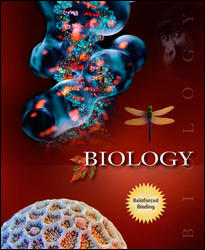 
Biology, Eighth Edition (Raven)Chapter 19:
Cellular Mechanisms of DevelopmentLearning OutcomesChapter 19
- In general terms, compare and contrast plant and animal developmental processes.
- Understand the stages of development, from cleavage to organogenesis, in a model vertebrate.
- Describe the stages of development in a representative insect from the influence of maternal genes to metamorphosis.
- Explain the stages of development in a typical plant from early divisions through morphogenesis.
- Know how cell movement and cadherins are involved in the developmental process.
- Understand the process of induction and the importance of cell-cell interactions.
- Explain the role of organizers in animal development.
- Define and compare determination, differentiation, and commitment.
- Explain the reversibility of determination using the cloned sheep Dolly as an example.
- Understand pattern formation in Drosophila and the involvement of positional labels and the syncytial blastoderm.
- Know the importance of homeotic genes.
- Know why programmed cell death is necessary and differentiate between necrosis and apoptosis.
- Describe the four model developmental systems and their representative specimen.
- Compare the four major theories of aging.
 |  |
|





